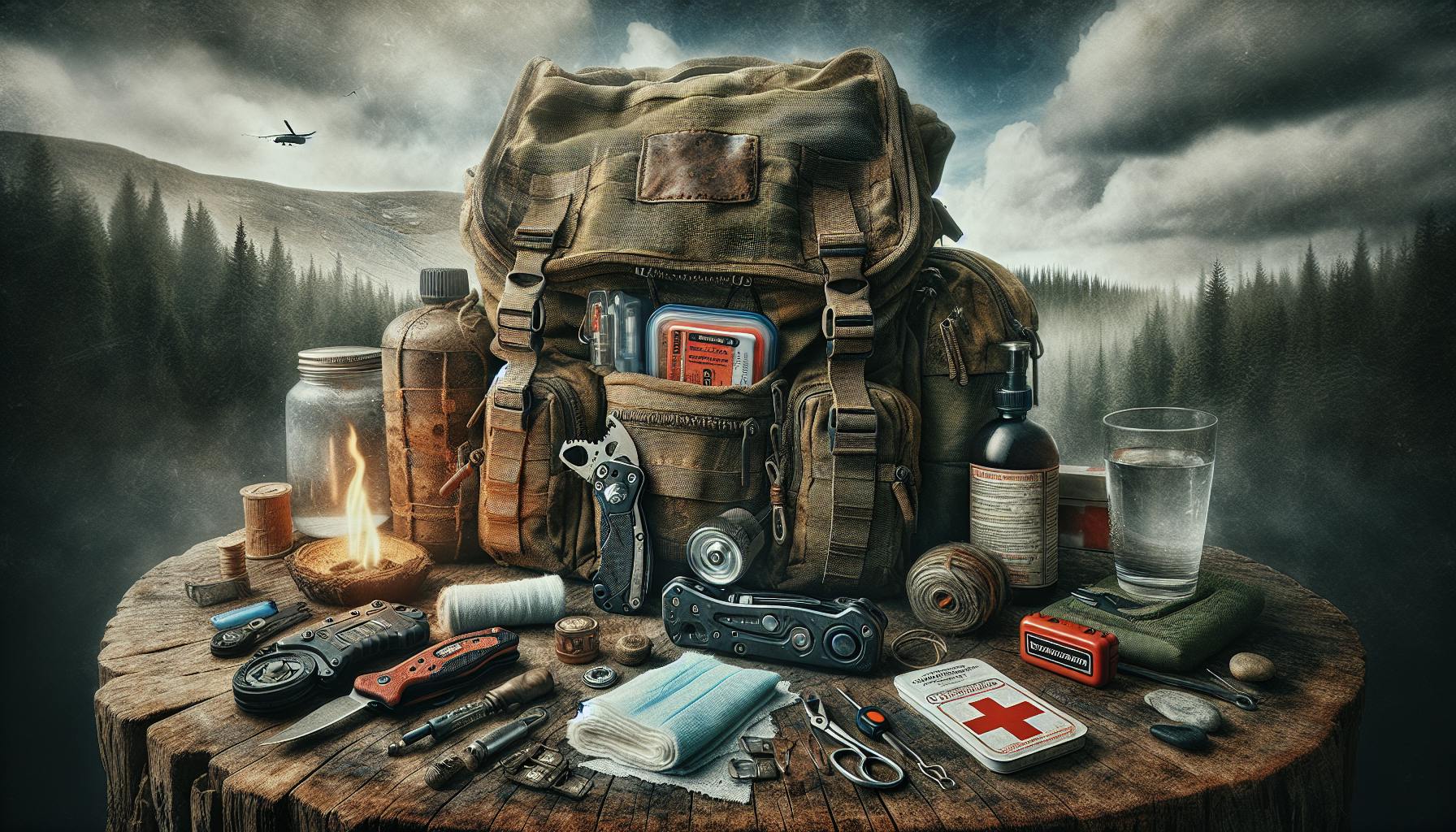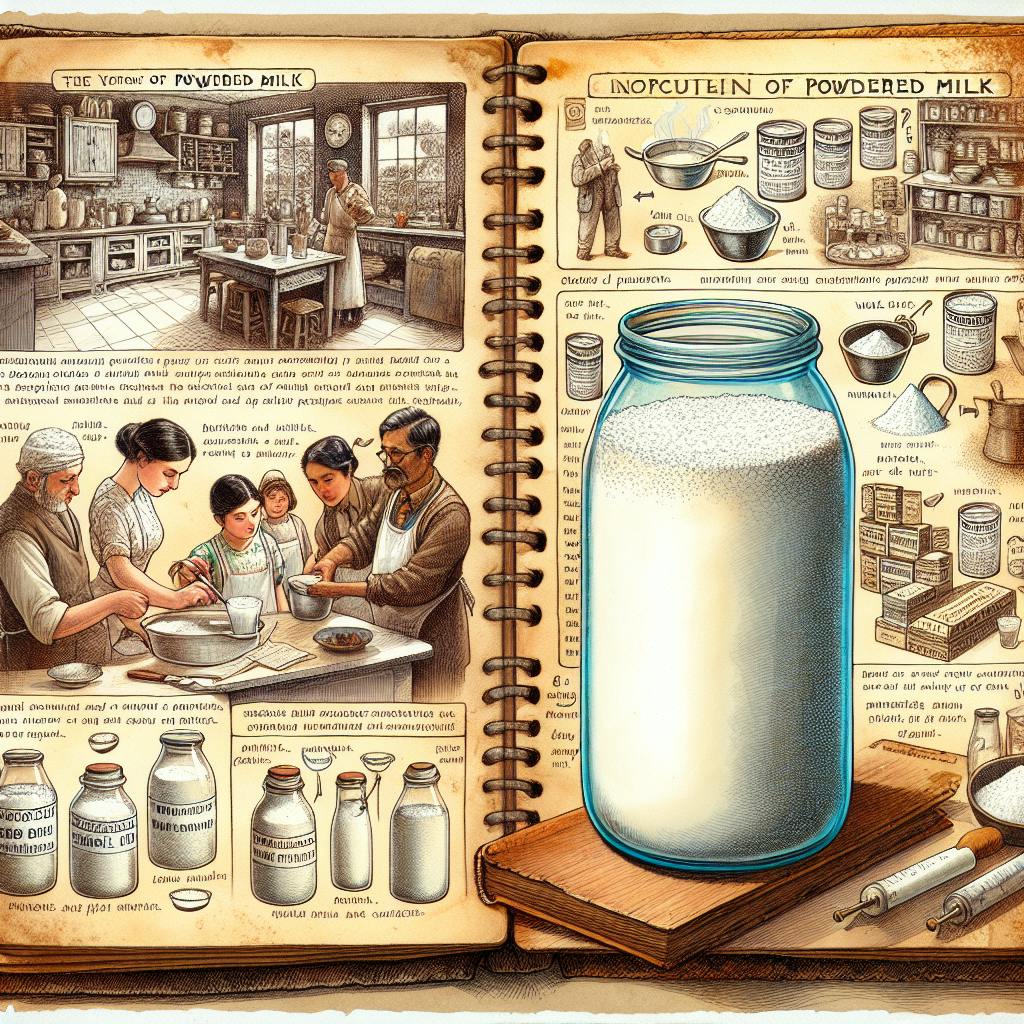Preparing for emergencies often means stocking up on non-perishable foods. Canned meats from companies like Survival Frog can provide the protein needed to maintain strength during difficult times.
By understanding proper storage and shelf life of canned meats, you can effectively incorporate them into your emergency food supply for sustainable nutrition when you need it most.
In this article, we'll explore the basics of Survival Frog's canned chicken, beef, and bacon products - from expected shelf life and storage tips to how these canned meats can be integrated into emergency meal plans and snacks.**
Introduction to Survival Frog Canned Meat
Survival Frog is a company dedicated to providing high-quality emergency preparedness products to help consumers be ready for disasters. Their canned meats are designed for long shelf life, compact storage, and nutritional value when you need it most.
About Survival Frog
Survival Frog has been a leading provider of emergency food supplies and survival gear for over 10 years. Their products are made in the USA and held to high standards of quality control. The company offers a wide selection of canned meats as a protein source in emergency kits.
Benefits of Canned Meat for Emergencies
Canned meats from Survival Frog provide key advantages for disaster preparedness:
- Long shelf life - Properly stored cans can last 5-10 years.
- Compact, stackable storage - Easy to organize and store.
- Nutritional value - Packed with protein to support health in an emergency.
What We'll Cover in This Article
In the following sections, we'll take a closer look at Survival Frog's specific canned meat options, proper storage methods to maximize shelf life, expected expiration timelines, and how these products can enhance your emergency food supply.
How long will canned meat last?
Canned meat from Survival Frog can last a very long time if stored properly. Here are some key tips on getting the maximum shelf life out of your canned meat:
-
Store cans in a cool, dry place away from direct sunlight. The optimal storage temperature is between 50-70°F. Temperature fluctuations can impact shelf life.
-
Check for signs of spoilage before opening, like bulging or leaking cans, rust, or unpleasant odors. Discard any cans that show these signs.
-
Write the purchase date on cans with a marker to keep track of age. Generally survival frog canned meat will retain best quality for 2-5 years in an unopened can.
-
Once opened, transfer contents to a clean airtight container. Refrigerate for up to 4 days or freeze for longer term storage.
Properly stored canned goods rarely spoil, but always inspect before eating as a precaution. Following storage best practices will help your survival frog canned meat remain fresh and safe for emergency situations. Let us know if you have any other questions!
Do you have to cook meat before canning?
Meat can be packed either raw or cooked when canning with Survival Frog products. Here are some tips:
-
Pack meat loosely into clean canning jars, leaving 1-inch headspace. This allows room for expansion during heating.
-
Keep precooked meat hot while packing jars. This helps remove air bubbles. Cover meat with boiling survival frog broth, water, or juice once jars are packed.
-
Adding salt helps flavor canned meat but is not required for preservation. Avoid adding too much salt which can make the canned meat overly salty.
-
Raw packing works well for meats like chicken, beef or pork. Ensure jars are processed properly after packing to cook meat thoroughly.
-
Cooked meats like roast beef or ham can be hot packed. This saves time during processing compared to raw meat.
No matter if you raw pack or hot pack, following correct pressure canning methods is vital for eliminating bacteria and safely preserving survival frog canned meats. Refer to your canner's guidance for pressure and timing based on meat type.
How is canned meat preserved?
Canned meat products are prepared using a process called thermal processing to destroy bacteria and extend shelf life. Here are some key points about how canned meats are preserved:
-
Canned meats are sealed in air-tight metal cans, usually made of tin-coated steel. This prevents outside air and microorganisms from getting in.
-
The filled cans are heated to high temperatures, typically 240-250°F, for a specific amount of time. This heating process destroys any dangerous bacteria that could cause spoilage or food poisoning.
-
The high heat processing also inactivates enzymes naturally present in the meat that could cause it to go bad. Enzymes are deactivated above 190°F.
-
After heating, the cans are quickly cooled down. This creates a vacuum seal, preventing any new microbes from getting in.
-
Food-grade chemicals may be added to enhance preservation. For example, salts are sometimes added to lower water activity. Preservatives like sodium nitrite prevent botulism.
So in summary, canned meats are preserved through the combination of air-tight sealing, high heat thermal processing to destroy bacteria, vacuum sealing, and added preservatives. This allows canned meat to be shelf stable for 1-5 years.
What canned foods last the longest?
Canned foods can last for years beyond their best by date if stored properly. According to the USDA, high-acid canned foods like fruits and tomatoes keep their best quality for 12-18 months. Low-acid canned foods like meats and vegetables keep for 2-5 years.
When stocking your emergency food supply, prioritize meats, vegetables, and fruits packed in water rather than oil or syrups. The water packing allows for longer shelf life. Opt for well-known brands that adhere to high safety standards during the canning process.
Store cans in a cool, dry place like a basement or root cellar. Temperature fluctuations can impact shelf life. Check cans every 6-12 months and watch for bulging lids, rust, or leaks which are signs of spoilage. Use a permanent marker to label cans with purchase dates for easy tracking.
With proper storage, most commercially canned goods remain safe indefinitely. But for best quality and nutrition, use your stock within 5 years and replenish as you go. Having a supply of canned meats like Survival Frog's grass-fed beef and free-range chicken ensures you have protein to sustain you through an emergency.
sbb-itb-b932644
Survival Frog's Canned Meat Selection
Survival Frog offers a variety of shelf-stable canned meats suitable for emergency food storage and disaster preparedness. Their selection includes canned chicken, beef, and even bacon, providing versatile protein options packed with nutrition.
Canned Chicken
Survival Frog's canned chicken provides a lean protein source that can be eaten straight from the can or incorporated into various dishes. The chicken is pre-cooked, so it requires no preparation other than opening the pull-top can. With a 5 year shelf life, it's a set-it-and-forget-it addition to your emergency pantry. Try adding the canned chicken to rice, pasta, or soup dishes for a nutrition and protein boost.
Canned Beef
Options like Survival Frog's canned corned beef hash and beef chili offer hearty, protein-rich canned beef ideal for rugged survival needs. Packed with over 20g of protein per can, these beef selections provide delicious flavors and textures while meeting energy needs in challenging times. The canned beef is nicely seasoned and ready to eat after opening.
Canned Bacon
No emergency food supply is complete without the smoky, salty flavor of bacon. Survival Frog's canned bacon bits add a tasty kick of fat and flavor versaility no matter what you might be cooking up during an emergency. Sprinkle the canned bacon on eggs, soups, beans and more. Or simply snack on the bits straight from the can for a comforting crisp and crunch when times get tough. With a 2 year shelf life, the canned bacon offers tasty insurance during disasters.
Proper Storage for Maximum Shelf Life
To get the most out of your survival food, it's important to store canned meats properly. This section covers ideal storage methods to maintain freshness and prevent deterioration over time.
Cool & Dry Location
Storing canned survival food in a cool, dry place away from direct sunlight and extreme temperatures is ideal for preservation. Aim for storage temperatures between 50°F and 70°F to prevent spoilage and rusting of cans. Consider storing cans in a basement, pantry, or temperature-controlled storage room. Fluctuating temperatures can impact shelf life so maintain a stable environment.
First In, First Out
Use a first in, first out (FIFO) system when stocking shelves to ensure older canned goods get used before expiration dates come up. Place newly purchased cans behind existing inventory and move older cans to the front. Date cans with purchase dates for easy tracking. Rotating stock using FIFO prevents waste from expired cans forgotten on back shelves.
Check Expiration Dates
Occasionally double check best by dates on canned meats to ensure nothing gets overlooked or pushed to the back for too long. Mark calendars ahead of time to inspect inventory before expiration. Consume soon-to-expire cans first to maximize freshness. Safely discard bulging, heavily dented, or corroded cans that may have compromised seals.
Expected Shelf Life
When stored properly in a cool, dark place, Survival Frog's canned meats can last for years without spoiling, making them an ideal addition to an emergency food supply. Here's what to expect in terms of shelf life for these canned meat products.
Unopened Cans
Properly stored unopened cans of Survival Frog meats typically last around 5-7 years before quality starts to degrade. As long as the cans remain undamaged and stored in appropriate conditions away from heat, light, and moisture, the meat inside should remain safe to eat for this duration.
Key storage tips for maximizing shelf life include:
- Storing cans in a cool, dark place around 40-70°F. Temperature fluctuations can impact shelf life.
- Keeping cans in a dry area away from moisture and flooding risks.
- Avoiding storing cans directly on concrete floors or against outside walls. Pallets or shelves work better.
- Inspecting cans periodically for any signs of damage, rust, or swelling.
With proper storage methods, most unopened Survival Frog canned meats remain consumable for 5+ years.
Opened Cans
Once opened, canned meats have a much shorter shelf life of only 4-5 days when refrigerated. The canning process helps preserve foods while sealed, but refrigeration is required after opening to prevent bacterial growth.
To maximize leftover shelf life:
- Refrigerate opened cans immediately at 40°F or below.
- Use an airtight container to store leftovers.
- Check for changes in smell, color, or texture.
- When in doubt, throw it out after 5 days.
So while unopened canned meats last for years, be sure to eat or preserve leftovers within less than a week after opening.
Signs of Spoilage
Check cans of Survival Frog meats periodically for any signs of spoilage both before and after opening:
- Bulging or leaking from the can due to gas production.
- Unpleasant odors when opened.
- Color changes or unnatural hues.
- Odd textures like excessive mushiness or sliminess.
Finding any of these signs indicates the canned meat may be spoiled and should be discarded. When properly stored, the shelf life is long but cans should still be periodically inspected.
Following best practices for storage, refrigeration after opening, and checking for signs of spoilage allows Survival Frog's canned meats to safely last for years as part of an emergency food supply.
Integrating Canned Meats Into Your Preparedness
Survival Frog canned meats are versatile additions to enhance nutrition and morale during emergencies. This section covers smart ways to incorporate them into your emergency food supply.
As Protein Sources in Meals
Canned meats like Survival Frog's chicken, beef, bacon, and more are great for stretching other emergency food supplies into more nutritionally balanced, satisfying meals. Here are some tips:
- Add canned chicken or beef crumbles to rice, pasta, or dehydrated meals to increase protein. This makes the food more filling and nutritious.
- Make simple hash with canned corned beef, potatoes, onions, and seasonings for a hearty campfire meal.
- Mix canned chicken or tuna with mayo packets and crackers for easy protein-packed sandwiches.
- Cook canned bacon over a campfire and use the grease to cook eggs or fry up foraged veggies.
As Snacks and Small Bites
Canned meats also make handy high-protein snacks to stash in bug out bags and emergency kits for a nutrition and energy boost when needed:
- Pack portable pop-top cans for quick protein without needing cooking tools.
- Stock up on canned chicken/tuna and cracker packs for a fast snack.
- Stash canned bacon or sausage for a morale-lifting treat in tough times. The salty meat can help replenish electrolytes lost working or hiking in the heat too.
For Cooking and Reheating
Thanks to convenient pull-top cans, Survival Frog's canned meats cook up easily in various emergency situations:
- The metal cans allow for direct heat while camping or cooking over a fire - no need to worry about melting plastic or foil packs.
- The pop-top cans open without tools, allowing access to protein even without a can opener.
- The meat is fully cooked so no refrigeration is needed. You can safely eat it straight from the can if needed in an emergency.
With handy cans that open easily and hold up to heating, Survival Frog's canned meats are versatile additions to emergency food supplies when planning for disasters.
Key Takeaways on Survival Frog's Canned Meats
In summary, Survival Frog provides shelf-stable, canned meat options convenient for enhancing nutrition and variety in your emergency food supply.
Long-Lasting Nutrition When You Need It
With a 5-7 year shelf life, these canned meats deliver protein, fat, and other nutrients vital in emergencies long after fresh meats would spoil. The pull-top cans make these meats easy to open and eat when you need them most.
Compact Storage, Nutrient Density
Thanks to the canned format, Survival Frog meats take up minimal storage space yet provide dense sources of protein and fat to support health. The smaller cans fit easily into emergency kits or storage spaces.
Stay Strong and Morale With Hearty Meals
Hot meals featuring Survival Frog corned beef hash, chili, chicken, bacon, and more can provide comfort, lift spirits, and supply key nutrients during difficult times. These familiar, hearty options make mealtimes something to look forward to.


